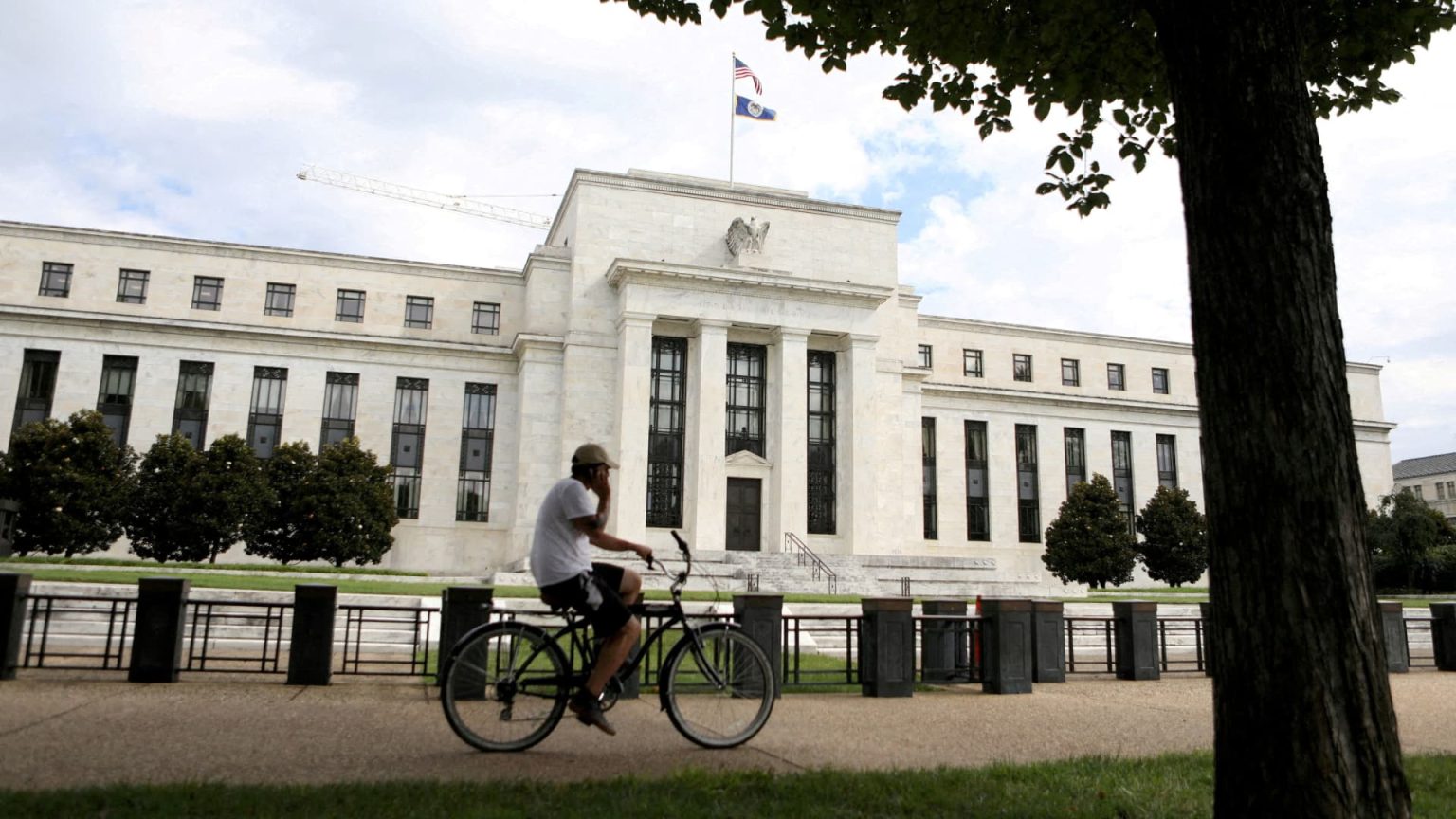Fitch predicts that the U.S. Federal Reserve’s easing cycle will be relatively mild compared to historical standards when it begins cutting rates at its September policy meeting. The ratings agency forecasts a 25-basis-point cut at both the September and December meetings, followed by further cuts totaling 250 basis points over the next few years. This gradual pace is attributed to the need to address inflation, which is currently above the Fed’s 2% target. The recent decline in core inflation, fueled by decreased automobile prices, may not be sustained, and challenges in understanding inflation dynamics could also contribute to caution among Fed policymakers.
In August, U.S. inflation reached its lowest level since February 2021, with consumer prices rising 2.5% year on year. Core CPI, which excludes food and energy prices, increased by 0.3% for the month, in line with expectations. Fitch highlights the Fed’s challenges in managing inflation over the past few years and suggests that this experience could lead to a cautious approach in future policy decisions. The agency anticipates ongoing rate cuts in China, where deflationary pressures are mounting due to falling producer prices, export prices, and house prices. Fitch has revised its CPI forecasts for China downward and expects additional rate cuts in the coming years.
On the contrary, the Bank of Japan (BOJ) is taking a different approach by raising rates more aggressively than anticipated. With core inflation consistently above the BOJ’s target and signs of robust wage growth, the central bank is confident in its ability to achieve a “virtuous wage-price cycle.” Fitch predicts that the BOJ’s benchmark policy rate will reach 0.5% by the end of 2024 and 0.75% in 2025, eventually reaching 1% by the end of 2026. This hawkish stance could have global implications and contrast with the dovish policies of other central banks.
Fitch expects continued rate cuts in China, driven by deflationary pressures and declining inflation rates across various sectors. The agency forecasts additional rate cuts in the coming years, reflecting the PBOC’s efforts to stimulate the economy and counter deflationary trends. In contrast, the Bank of Japan’s aggressive rate hikes reflect a shift towards a more confident stance on inflation and wage growth. With core inflation consistently above target and signs of ongoing wage increases, the BOJ aims to achieve a sustainable wage-price cycle. Fitch predicts that the BOJ will continue to raise rates in the coming years, potentially impacting global economic trends.
Overall, Fitch anticipates a relatively mild easing cycle by the U.S. Federal Reserve, with gradual rate cuts starting in September. The agency highlights the challenges of managing inflation and the need for caution in policy decisions. In China, ongoing rate cuts are expected to combat deflationary pressures, while the Bank of Japan’s more aggressive stance reflects growing confidence in inflation and wage growth. These divergent approaches to monetary policy could have global implications and shape economic trends in the coming years.


